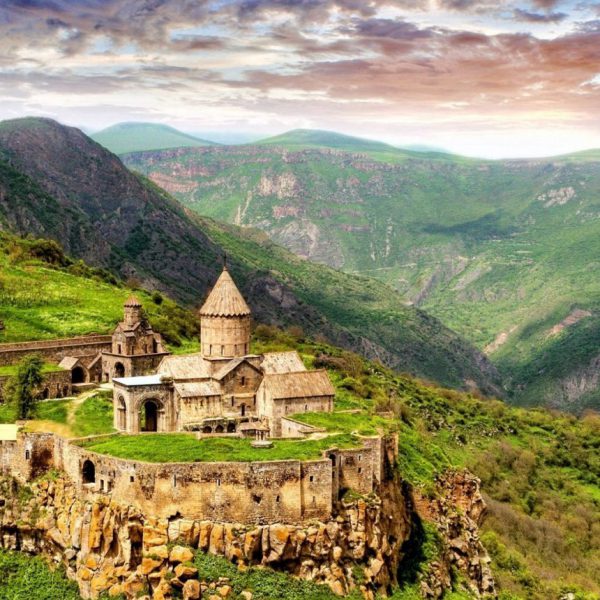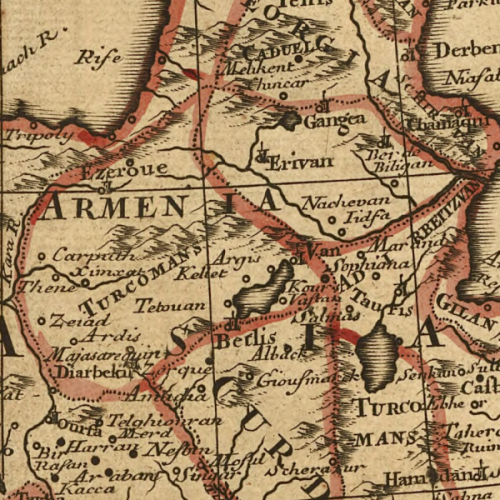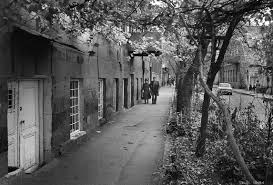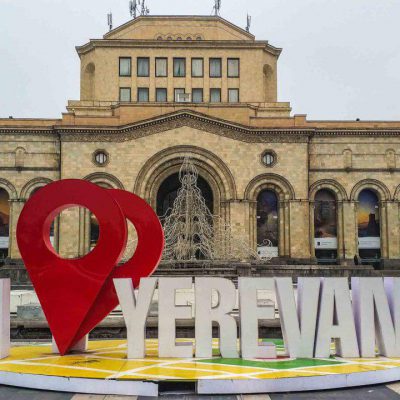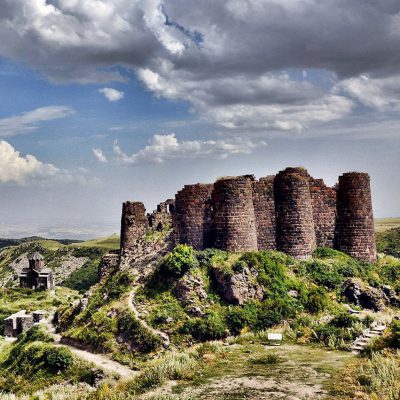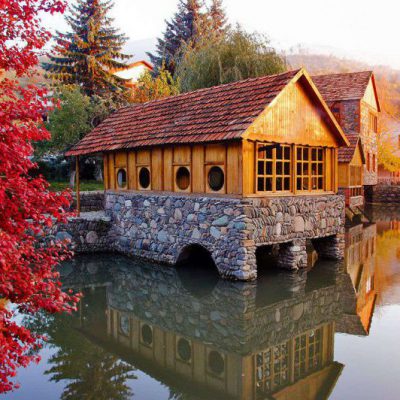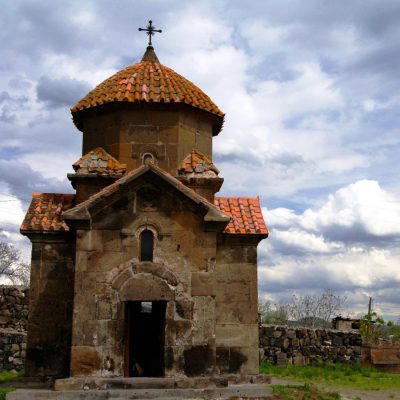Things to Consider Before Traveling to Armenia
If you are considering visiting Armenia, you might have a few questions on your mind about this country. Below, we have gathered some information about Visa, Dress Code, and more in Armenia. If you have more questions about traveling to Armenia, do not hesitate to contact us at Travelopersia. We would be happy to guide you to your trip to this unique Caucasus country.
Visa for Armenia
Currently, there are 45 countries whose citizens can travel to Armenia without a Visa for 180 days per year. There are also some countries with which, Armenia has a visa-free regime according to some agreements. This type of agreement is mostly with citizens holding Diplomatic and Official passports. Other foreigners can apply for an Entry Visa depending on the purpose of their visit. We will talk about ways of applying for an Armenian Visa, its rules, documents, and more in another blog post.
Dress code in Armenia
Though Armenia is a relatively conservative country, there is no dress code there. Accordingly, locals and visitors wear a range of different styles and types of clothing every day. You should only keep in mind the following if you want to visit the churches and monasteries of the country. For entering a Church or monastery the dress code is as below:
- Women should wear a head scarf and a long dress (no trousers or shorts). Overall, something that shows no cleavage and also covers the shoulders.
- Men should wear shirts with collars. It is preferable to wear a coat and tie.
What is the language spoken by the locals in Armenia?
The official language of the country is Armenian. Accordingly, it is the language of school, government, and media. Since the happenings of 19th century with the Russian Empire, Russian Language became another popular language in Armenia. Also, about half of the population of the country have basic knowledge of English. Other languages spoken in Armenia as a second language are:
- French
- German
- Persian
- Minority languages of Yezidi Kurdish, Assyrian, and Greek
Mobile Service and Internet
VivaCell MTS, Beeline, and Ucom are the three main mobile and network providers in Armenia. There are accordingly two types of Sim Cards which are: prepaid cards and post-paid cards. The prepaid ones are better for short visits and travelers. There are also a variety of mobile internet bundles available for subscription. You can also use the WI-FI in cafes, bars, restaurants, and accommodations. The Mobile network and coverage is pretty much the same with each provider. They mostly also cover access in some remote villages in Armenia.
Exchange and currency
Armenian Dram is the national currency of Armenia that has replaced the Soviet Ruble. Notably, the abbreviation for Armenian Dram is AMD. While traveling around Armenia, you can also carry cash in rubles, euros, and dollars. Keep in mind that using other foreign currencies in cash is prohibited by the law. You can find Currency exchange offices and banks in major cities and towns. These places are mostly near major shopping centers, malls, and hotels. You can also exchange money upon your arrival at the airport. Accordingly, the exchange rate might be unfavorable since there is a service fee included.

